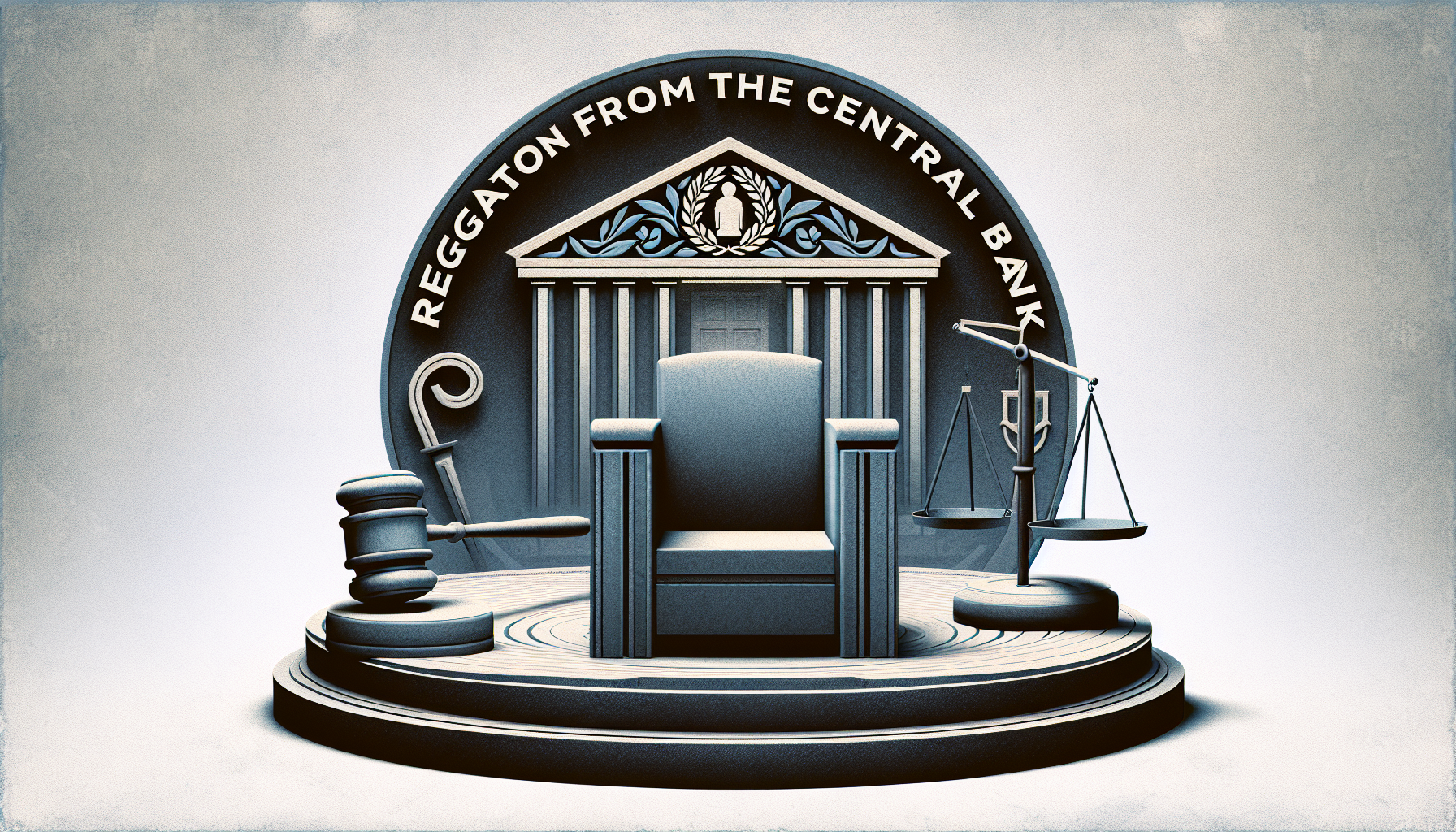
Resignation details and timeline
Adriana D. Kugler’s decision to step down from her role as Federal Reserve Governor is rooted in personal and professional considerations. Her tenure, marked by a focus on economic stability and monetary policy, saw her navigating complex financial landscapes. However, the demands of the position and a desire to pursue other avenues have prompted her to resign.
Impact on Federal Reserve operations
Adriana D. Kugler’s resignation is expected to have substantial implications on the Federal Reserve’s operations. Her role as a governor involved critical responsibilities, including contributing to monetary policy decisions and regulatory oversight. With her departure, the Federal Reserve will temporarily operate with one less member in its decision-making team, potentially affecting the dynamics of upcoming policy discussions and votes. The timing of Kugler’s exit coincides with a period of economic uncertainty, as the Federal Reserve continues to address inflationary pressures and economic recovery post-pandemic.
Additionally, the process of finding and appointing a new governor may take time, during which the remaining board members will have to manage the increased workload. The Federal Reserve’s ability to maintain its course and adapt to changing economic conditions will be closely watched by market participants and policymakers alike. This period of transition presents both challenges and opportunities for the institution to reassess its strategies and reinforce its resilience in the face of evolving economic landscapes.
The Australian forex market, closely watching global monetary policy shifts, may see this as a sign of potential volatility. Traders should be prepared for fluctuations in the AUD/USD pair as investor sentiments might sway with changes in the Fed’s composition and policy directions. Australian investors might also consider the implications for global trade and capital flows, which could be influenced by any new strategic directions adopted by the Federal Reserve post-Kugler’s tenure.
Potential successors and future outlook
Federal Reserve Governor Adriana D. Kugler will step down from her position, with her resignation taking effect on August 8, as disclosed by the central bank on Friday. Her departure marks a significant transition within the Federal Reserve’s leadership team. The bank expressed its appreciation for her contributions during her tenure and highlighted her role in navigating complex economic landscapes. Kugler’s decision to resign comes at a crucial time, prompting reflections on her achievements and insights she brought to the board. The timeline for her exit has been outlined clearly, ensuring a smooth transition and allowing for the necessary administrative adjustments before her departure.
Given Kugler’s influential voice on key economic issues, the central bank might experience a temporary gap in its capacity to navigate the complex global financial environment. Her unique perspective, particularly on labour markets and economic inclusion, has been instrumental in guiding the Fed’s approach. This could lead to adjustments in the committee’s stance as it seeks to maintain balance between fostering economic growth and controlling inflation.
Several names have surfaced as potential candidates, including current Federal Reserve officials and prominent economists from academic and policy circles. The decision will ultimately rest with the President, who will nominate a candidate to be confirmed by the Senate. This process is crucial as it will shape the future direction of the Federal Reserve, particularly in terms of how it addresses ongoing economic challenges such as inflation and unemployment.
Kugler’s resignation introduces a significant shift within the Federal Reserve at a pivotal moment. Her departure could potentially alter the dynamics of the Federal Open Market Committee (FOMC), as her insights and expertise have played a crucial role in policy discussions. The Fed, which is in the midst of addressing inflationary pressures and adjusting interest rates, may face strategic recalibrations as a result of her absence.
reasons for Kugler’s resignation
The appointment of a new governor comes at a pivotal time, with the Fed facing pressure to balance growth and stability in an uncertain economic environment. The new appointee will need to quickly acclimate to the role, contributing to key policy decisions that affect not only the United States but also global financial markets. The future outlook of the Federal Reserve will depend significantly on how seamlessly this transition is managed and how effectively the new governor can collaborate with existing board members to maintain the institution’s objectives.
As the Federal Reserve prepares for the departure of Adriana D. Kugler, discussions have already begun regarding her potential successors. The selection process for a new governor is expected to be thorough, with a focus on candidates who can bring diverse perspectives and expertise to the board. Key attributes being considered include a strong understanding of monetary policy, experience in economic analysis, and the ability to navigate complex financial systems.
implications for the Federal Reserve
As she prepares to leave the Federal Reserve, Kugler has cited the need for a more balanced lifestyle, which aligns with her personal goals. This announcement comes at a time when the central bank is navigating critical economic challenges. Her resignation underscores the intense pressures associated with shaping national monetary policy, a factor that has influenced her decision to step away from the role.
The absence of her expertise might lead to shifts in policy perspectives, especially given her background in labor economics and her focus on workforce-related policy considerations. Her insights have been particularly valued in shaping policies that balance economic growth with employment stability. The central bank will need to navigate these challenges carefully, ensuring that her departure does not disrupt ongoing initiatives or the strategic direction of the Federal Reserve.
This period of transition also offers an opportunity for the Federal Reserve to reassess its priorities and strategies moving forward. The appointment of a new governor could bring fresh ideas and innovative approaches to longstanding issues, potentially leading to shifts in policy that reflect evolving economic realities. Stakeholders will be keenly observing the selection process and the subsequent impact on the Federal Reserve’s operations and policy directions.